Recently, there has been a lot of interest and posts on “Fitz” revolvers on social media. I simply shake my head at the level of pontification and commentary by folks who have absolutely no concept of the reason they existed and what the intent was in their creation. There is a huge disconnect, so I thought I would do a post to explain the historical significance of these guns.
I’m not going to take much space or time here, I just want to welcome Darryl Bolke to RevolverGuy! Darryl is going to be giving us some great historical information, as well as bringing us some revolver-carrying LEO perspective. -Justin
The “Fitz” Behind The Fitz
The “Fitz” Revolvers were the brainchild of John Henry Fitzgerald. He was active as a NY State Trooper and Police firearms instructor. He also had a strong background in combatives, and he was a competitive shooter. Fitzgerald was a representative for Colt from 1918 to 1944, wrote one of the premier books about Shooting in the 1930’s and was an advocate for much of the technique we use today (two handed grip and combative shooting). He was the right guy in an era that I am enthralled with.
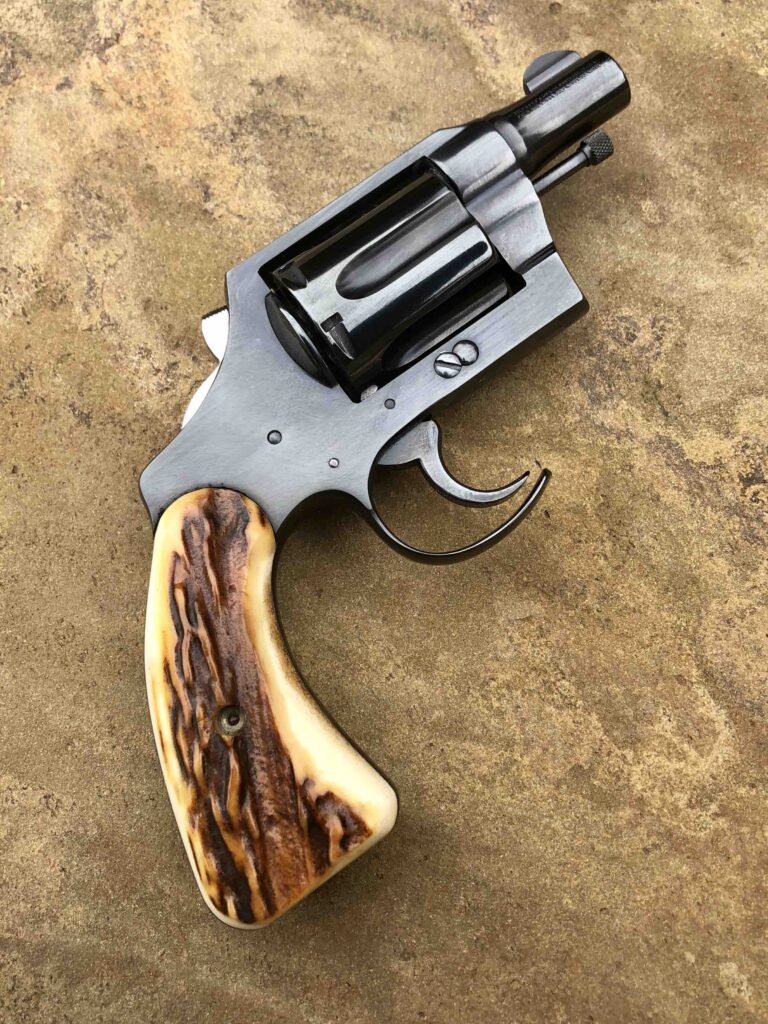
You have a time when modern urban centers are becoming large modern metropolitan centers. The country is transitioning to automotive and powered transportation from horses. The roaring Twenties was a real thing with massive leaps made in technology and lifestyles. It also brought Prohibition and the first equivalent of the “War on Drugs”. Add the Depression and desperate people and you have a real cocktail of a massive increase in crime, violence, and the responses to it.
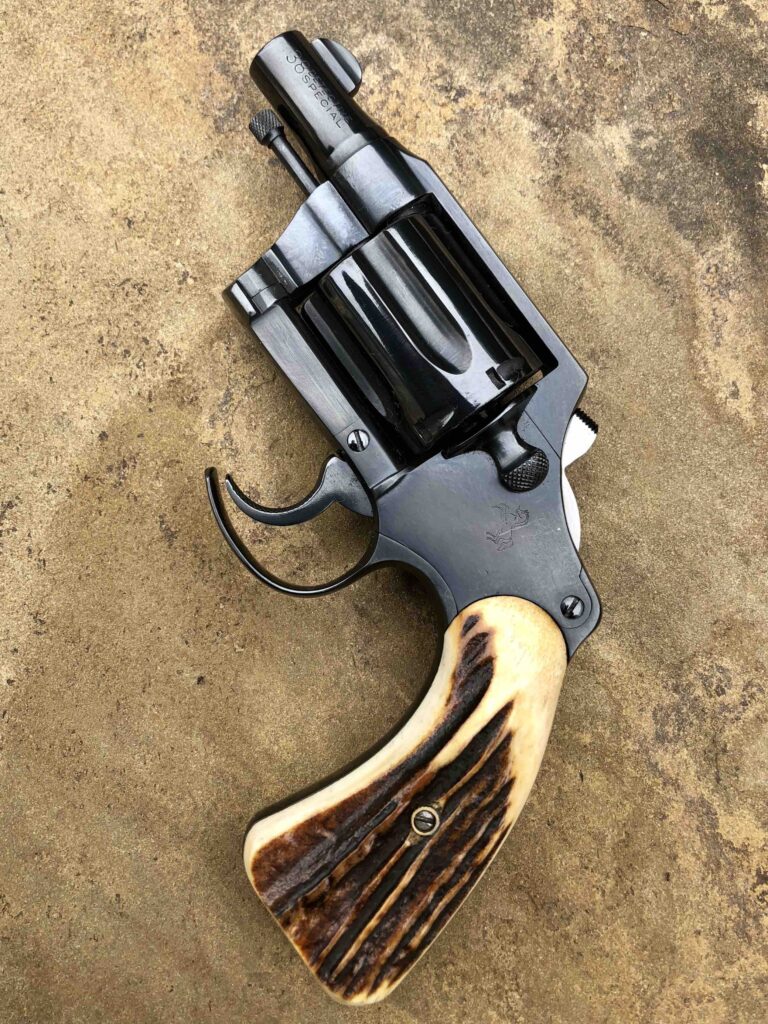
The Guns
While guns like the excellent Colt Hammerless 1903/08’s were the Glock 42 of the era, they lacked in some ergonomic features for rapid deployment and also not very impressive ballistics in the ammunition of the day. Because “Fitz” was very in tune with crime and working in the urban NY area he developed some of the first concealed carry guns for dedicated use in the urban environment against urban criminals.
John Fitzgerald starting modifying guns to address the threats and conditions of the day. Barrels were cut short. Sights were retained. Hammers bobbed to prevent a snagged draw from pockets that were becoming a popular means for urban carry. Visible carrying of firearms in the urban environment has never been socially acceptable and even uniformed law enforcement often carried their firearms concealed.
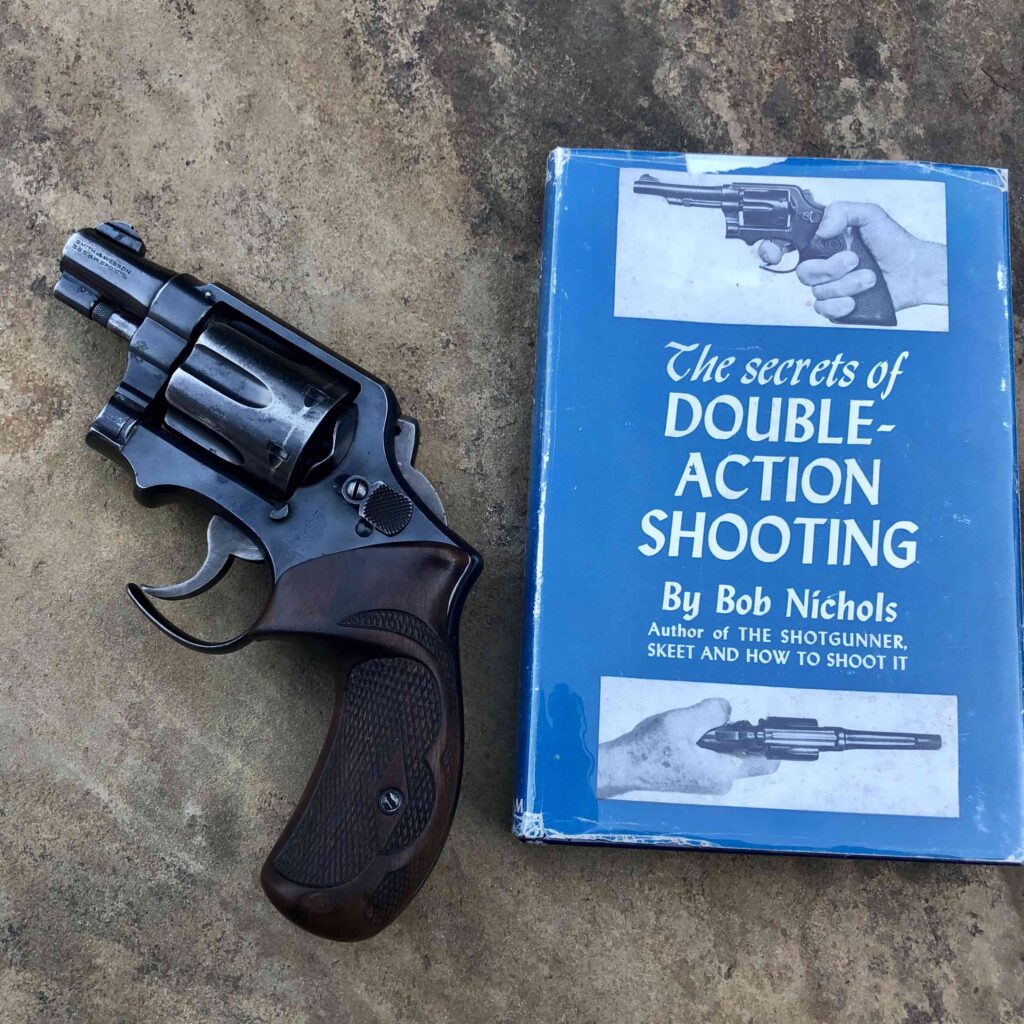
The most noticeable modification – and the one that that causes the most hysteria today – was the removal of the front of the trigger guards on Fitz’s modified guns. Again, we look at the era. These guns had heavy double action triggers. They were being advocated to be shot at close ranges that we describe to day with fancy acronyms and initials. Essentially, the Fitz was meant to be deployed while entangled with an opponent during an attack or robbery.
It was an era when men wore much different attire. Heavy, organic-fiber overcoats before our fancy synthetics and modern lightweight materials. Gloves were also made from thicker and stiffer materials, and were not like the thin material types we can make today. These guns were designed to be grasped in the pockets with possibly a gloved hand, lifted out by the triggers that had weights in excess of the gun and fired immediately upon clearing the pockets or the garment. Because of the cut triggers they could also be fired inside the pocket even with gloves. This is not like doing this with a modern striker trigger system. John Fitzgerald had leather holsters sewn in his coat pockets for these guns.
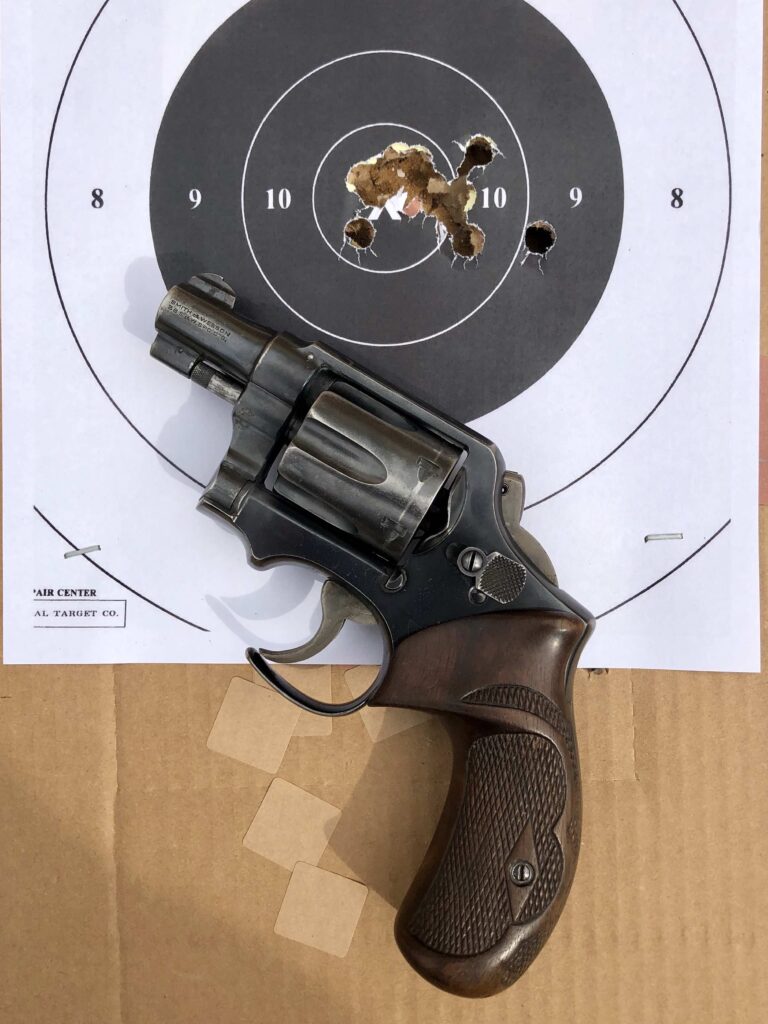
The era also was very well before we understood about things like startle, overflow and postular disturbance causing unconscious constriction of the hand resulting in a negligent discharge. Like most of the cops trained in the revolver era, I was taught to always have a finger resting on the trigger of a drawn revolver….and that was a mere 32 years ago in 1988. We really didn’t figure out how important trigger finger discipline was until the popularity of the Glock pistol.
The long heavy DA pulls on most revolvers and DA/SA autos did not fully mitigate the issues mentioned above, but they helped. Most negligent discharges in the revolver age were due to manually cocking the hammer into single action… which was near impossible on a true Fitz with a bobbed hammer. It has been doctrine right up till today for some organizations and trainers to cock DA guns for difficult shots. This is unnecessary and most squared away folks figured out that this is a terrible practice ages ago.
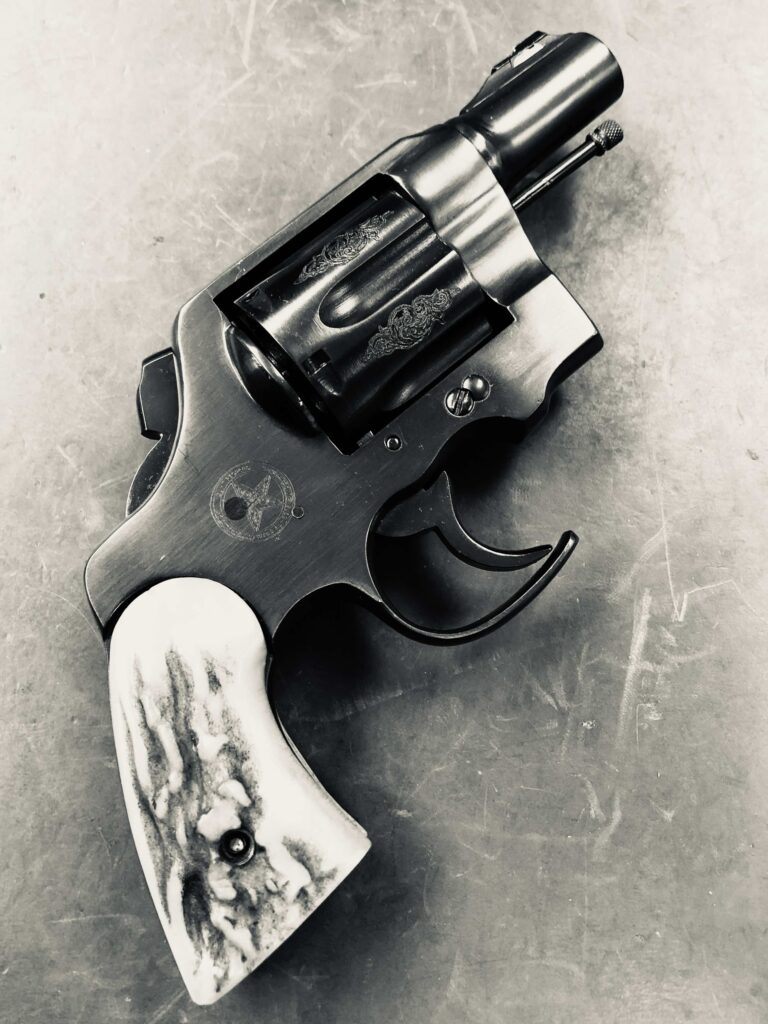
I spoke to my old friend and original mentors Roy Huntington about this subject. Roy added that he had seen an old video of Fitz who stated that what gave him the idea to cut the trigger guard was for weapon retention. The means of taking a revolver from a user when someone is attempting to disarm the person holding the revolver is to use lateral force against the trigger finger. Removal of the trigger guard allowed the finger to release and not be broken when trying to counter the disarm. Again, Fitz was one of the earliest defensive tactics, close quarters combatives, and certainly “gun grappling” instructors out there working in the modern metropolitan environment and this shows where his very forward thinking was.
What I also find humorous is that many of the very popular holsters were designed to have a trigger finger inserted into the trigger guard during the initial grip on the gun. The Fitz basically allowed the same thing from pocket carry, yet is demonized.
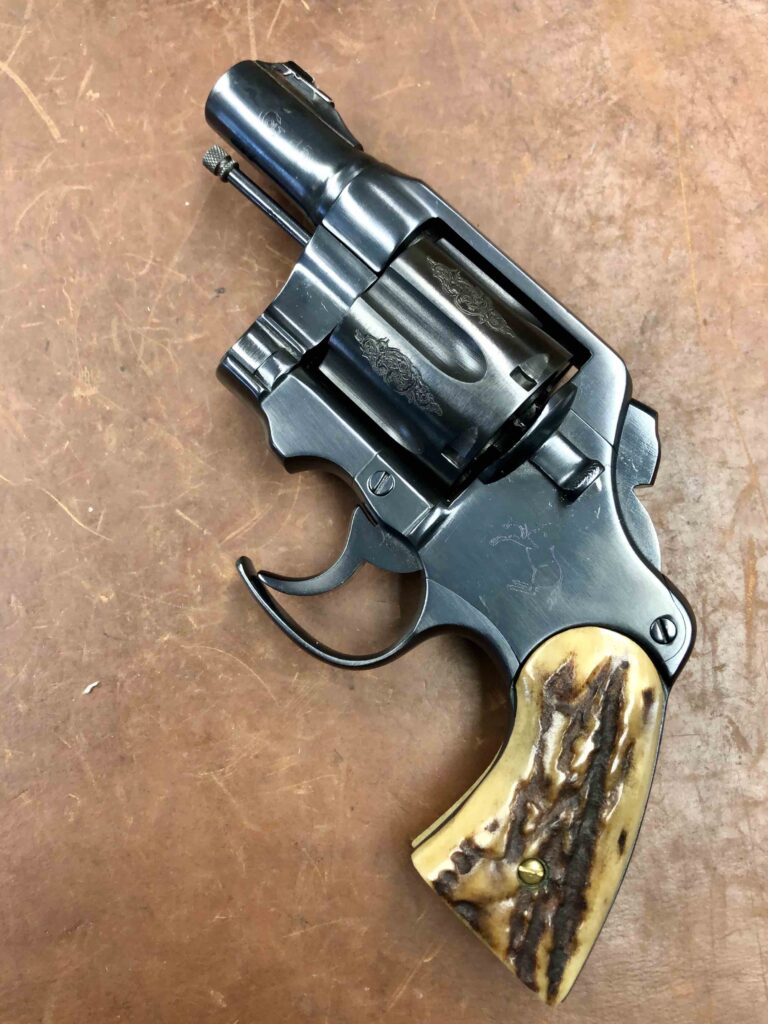
So, instead of trying to apply modern doctrine to bad mouth those who set the cornerstones of modern handgun combatives, maybe we should appreciate the work of guys like John Fitzgerald, Charles Askins, Lone Wolf Gonzaullas, Bob Nichols, Rex Applegate and many others who basically wrote the book on the deployment and use of snub revolvers 8-10 decades ago.
I own a couple Fitz revolvers. One is a Colt Detective Special that has an very unique history and has been carried in harms way for decades around the world. It was not a factory Fitz, but based on the work was likely sent back to Colt to have the conversion done. My other is Bob Nichols’ personal S&W Fitz M&P 2” that is documented in Bob’s book about double action shooting from 1948. Also pictured is Bob Nichols’ Detective Special Fitz conversion, and a Colt factory Fitz New Service made for the famous Texas Ranger, Captain Clint Peoples, who served as a Texas lawman from 1930 to the early 70’s. These were guns meant for serious use by serious gunmen.
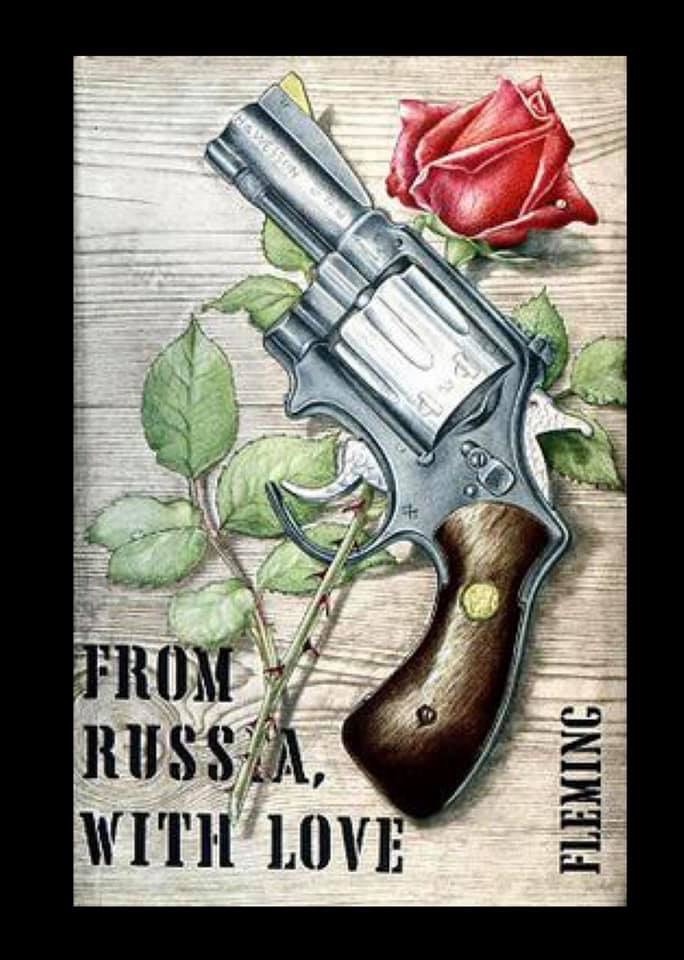
Obviously, no firearms company would build a revolver minus the front trigger guard today. It is unnecessary and adds some significant negatives. By the same token, we also don’t have cars without seatbelts and air bags either. It would be like saying most of our classic performance cars are stupid and ruined because they don’t have air bags. They are simply from a different time. Time and development brings evolution. I will post further on an example of that. Suffice to say that the Fitz Guns led to the modern snub revolver that I carry daily. That is significant.

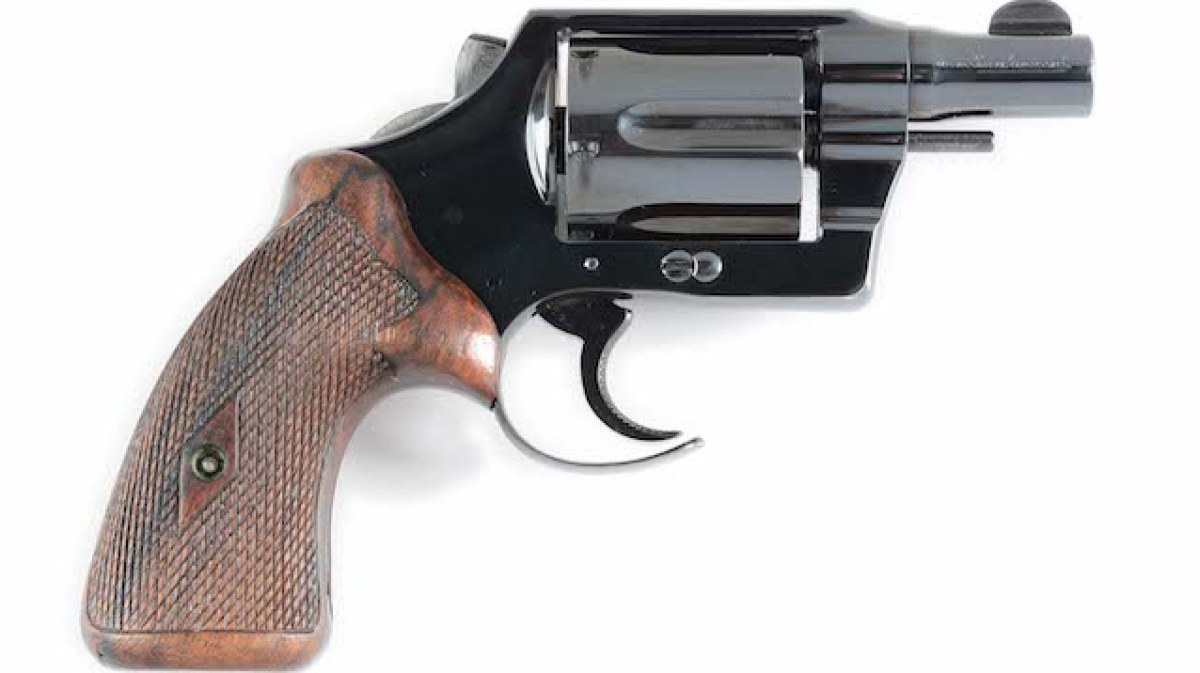
Thank you and welcome. I have long wondered about Fitz revolvers. Makes me also wonder how police handguns may evolve in another century.
Beautiful pictures.. And your point was well made, Sir. I never knew the front trigger guard was removed to protect the user, I always thought it was for speedy access! Thanks for explaining it!
Thank you, Mr. Bolke, for the informative read. I have admired Fitz and his guns for a long time, but the trigger guard removal to prevent broken digits during a melee had never occurred to me either. Great article on a pure fighting gun!
Yes, great article, thanks.
Unfortunately, judging past generations by the standards of the present isn’t limited to firearms. By current PC standards, all the great men of the past fall short. But they got the job done, in ways that few today can match!
Welcome aboard, Darryl. Glad to have you here, and appreciate you sharing your Fitz revolvers and knowledge with us.
I recently had the opportunity to shoot Steve’s Official Police Fitz that he wrote about in these pages, and it was a unique experience. I didn’t think the cutaway trigger guard would make any difference to me, but it did. When I drew the gun from the holster, there was something that just didn’t “feel right” during the early stages of the presentation. It took me a while to understand that I’ve probably been touching the side of the forward part of the trigger guard, with a straight trigger finger, during my draw for decades. When I didn’t have that part of the guard to index against, my brain told me something was different, here! That indexing had become a subconscious part of my routine, and when the pattern got interrupted, I noticed it right away.
Strangely, my draw times didn’t seem to suffer much, but there was a distraction or interruption that diverted my attention from things like aiming. It’s a testimony to the power of habit and the importance of consistency. It occurs to me that the folks who frequently switch their equipment out for other types are setting themselves up for these kinds of interruptions.
It was a great and educational experience to work with Steve’s Fitz, and I appreciate you adding to our understanding of them, here.
Good article. Thanks. Very interesting and beautiful work of art. LittleBill…what happened to Evans website?
Fantastic!
It’s nice to hear from someone who actually knows what he is talking about (as do the guys who run this site).
I’m an auto guy from way back, but I love wheel guns!
Jim H.
You had me worried for a second there, Jim! Whew! Haha!
Darryl, An excellent writeup. Like yourself, I was taught (in 1972) to ‘stage’ the trigger when coming out of the holster. It felt natural on the draw having the index finger on the trigger ready to just pull it fully to the rear. It works on a double action revolver. Yeah, try that with a M1911, Hi-Power or Glock (please don’t).
In today’s world of plastic tanfastics, there is a tendency to forget that there were those who lived and died (much like in this day and age) by their ability to handle their sidearms.
Applying the armchair basement dwelling logic of the gun rag writer in the year 2020, you come away with the sense that one can’t survive the street without a Glock and 60+ rounds of ammo. Men like Bill Jordan, Charles Askins, and Rex Applegate should jar us back to reality and remind us all that the cylinder gun is just as viable today as it was 100 years ago — IF you take the time to learn it.
The mods pioneered by John Fitzgerald and other (albeit leaving the full trigger guard in place) led to us getting great guns from the factory like the Colt Defective Special, the Cobra, Agent, the S&W Chief’s Special and the entire family of ‘snub’ revolvers from S&W, Ruger and Colt.
To paraphrase an age old creed some might remember (in their sleep):
This is my revolver. There are many like it, but this one is mine. My revolver is my best friend. I must master it as I must master my life . . . My revolver is human even as I because it’s my life. I will learn it as a brother. I will learn its strengths, its weaknesses, its parts, its accessories, its sights, [it’s cylinder], its barrel. I will keep my revolver clean and ready, even as I am clean and ready. We will become part of each other.
Great article, Darryl, I really enjoyed it. Fellow O.W. (Original Wheelgunner) copper here (1989!). I had never heard of my fellow NYer Fitz, very interesting.
I can’t over-state how great it is to have your wealth of knowledge and depth of experience contributing here, Mr. Bolke, and it’s an awesome next step in the evolution of Revolver Guy. Thanks for this great article, and I hope there will be more to come.
Darryl,
Thank you for the very thorough history of the Fritz. Being new to shooting, wheelguns and especially the snubnose which I carry, wheelguns are my firearm of choice. With my first look at the Fritz with the open trigger guard, it was puzzling. Thank you for explaining the safety issue behind the open trigger guard.
WGJ
Funny you mention Lone Wolf Gonzaullas, he used M1911s with the trigger guard cut off as well! Some say Fritz chopped them off for him but such stories are apocryphal.
Glad to see you here Daryl! Look forward to more contributions to this audience’s edification in the world of “roundgun”. Started carrying a revolver as a LEO in 1970 and to this day a revolver is my preferred mode of carry.
My entry-on-duty date is April 4, 1977. I carried a S&W 3 1/2″ Model 27 in a Safariland pouch-style holster which had a cut-out to access the trigger while still in the holster. Later, I carried a Model 19 in the same model holster. (I can’t recall the model of the holster, but it had a 10′ muzzle-forward cant; very quick.) All of our training emphasized finger-on-the-trigger as soon as the weapon cleared the holster.
After the transition to semi-autos, as a firearms instructor, one of the least amusing parts of the job was training the old-time revolver shooters to keep their fingers out of the trigger guard until on target. Fun times!
Al, welcome aboard! Glad to have you here. I’m sure you’ve got lots of stories about those old trigger habits that wouldn’t go away!
I appreciate the info. I have the Clint Peoples Fitzed gun that you picture in my collection. It does look like it means business. I do not have a letter so I am glad to know that it is a factory Fitz.
Thank you
Glad to read your defense of men who dealt with far more real-life “badness” than today’s gun-rag writers ever dreamed of. No offense intended about the technical shooting skills of many of the latter, or their knowledge of training, drills, ballistics, simulations, wound theory, physiology, etc. But men such as Fitzgerald, Applegate, Fairbairn, Sykes, and Askins did it for real, repeatedly, over extended periods of time, in situations of incredible variety, danger, and intensity.
Bring them forward in a time machine to the present day, and they’d doubtless be happy to adopt many innovations they’d find here. But take the 2020 gunwriter back to 1930 New York, Shanghai, the Rio Grande, or WWII, and I bet he’d do the same!
Modern pundits often enjoy comparing today’s football players to those of yesteryear. They tend to focus on how much bigger, faster, stronger, and more programmatically sophisticated today’s players are. They tend to overlook the other side of the coin: could today’s stars play both ways, go 60 minutes, call their own plays, deal with limited substitution rules, pass-punt-kick, play in mud & snow, train and eat without professional oversight, receive 1935-level medical care, work an off-season construction job…and still play the Division I and NFL game of today?